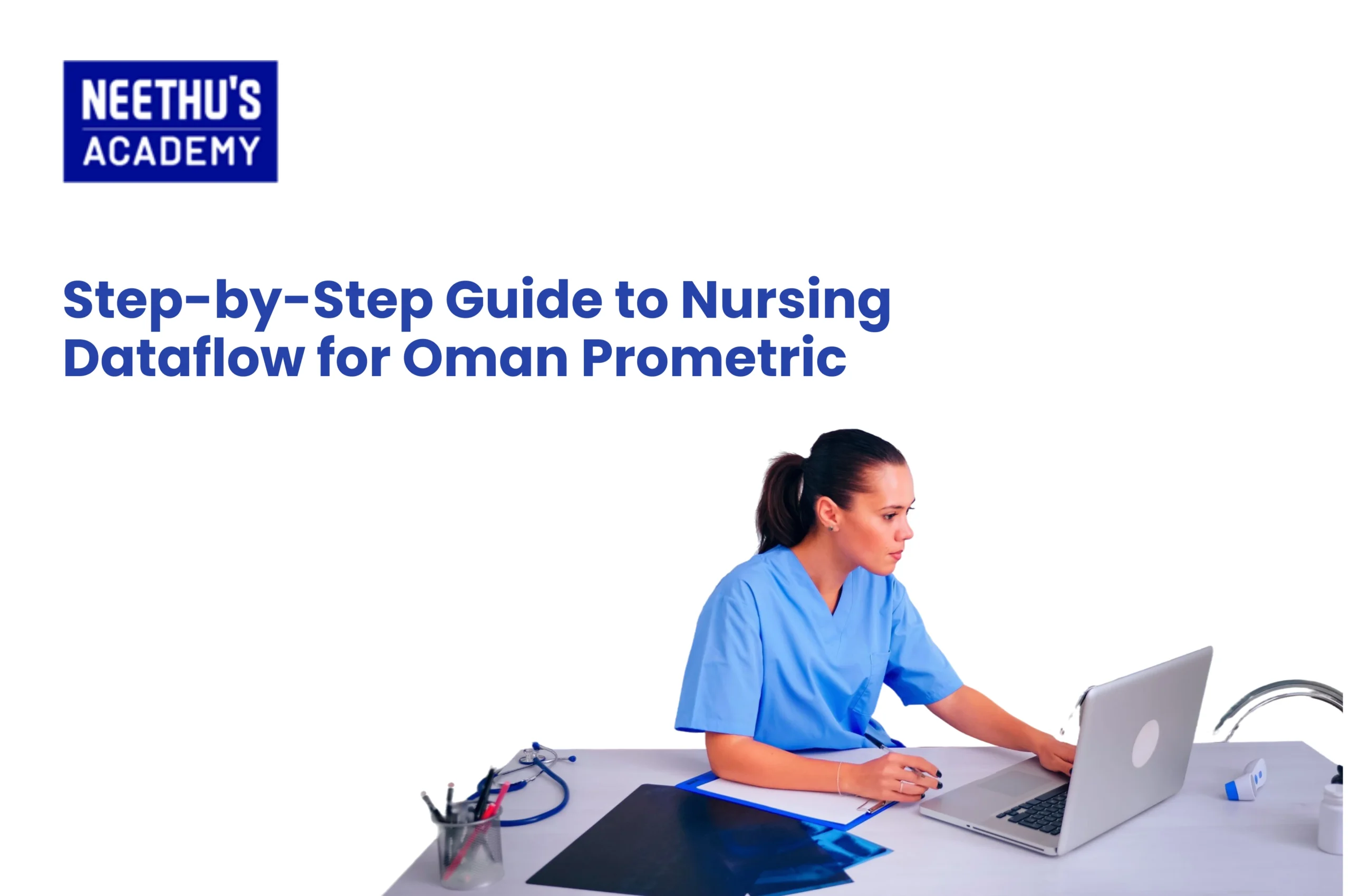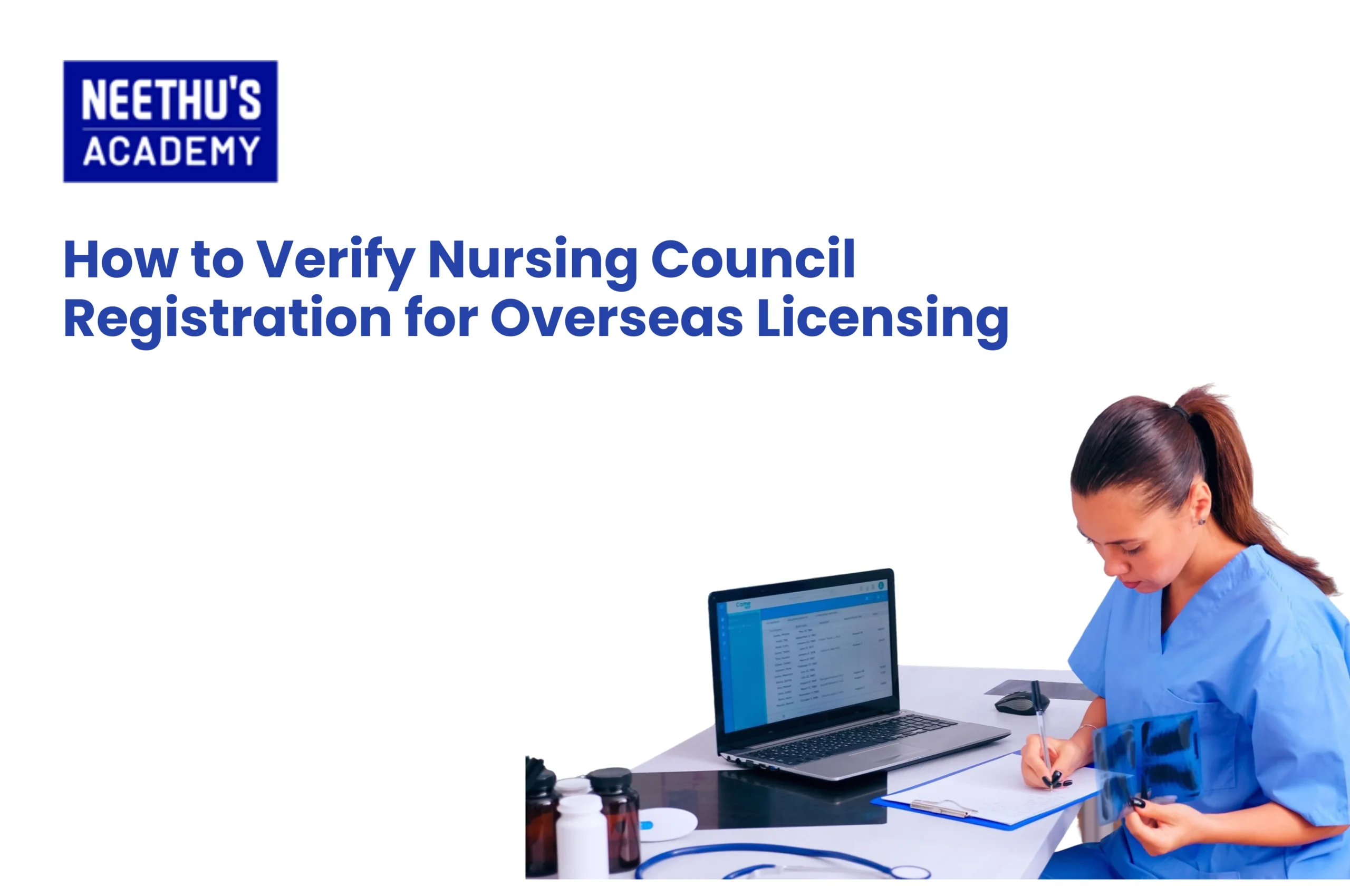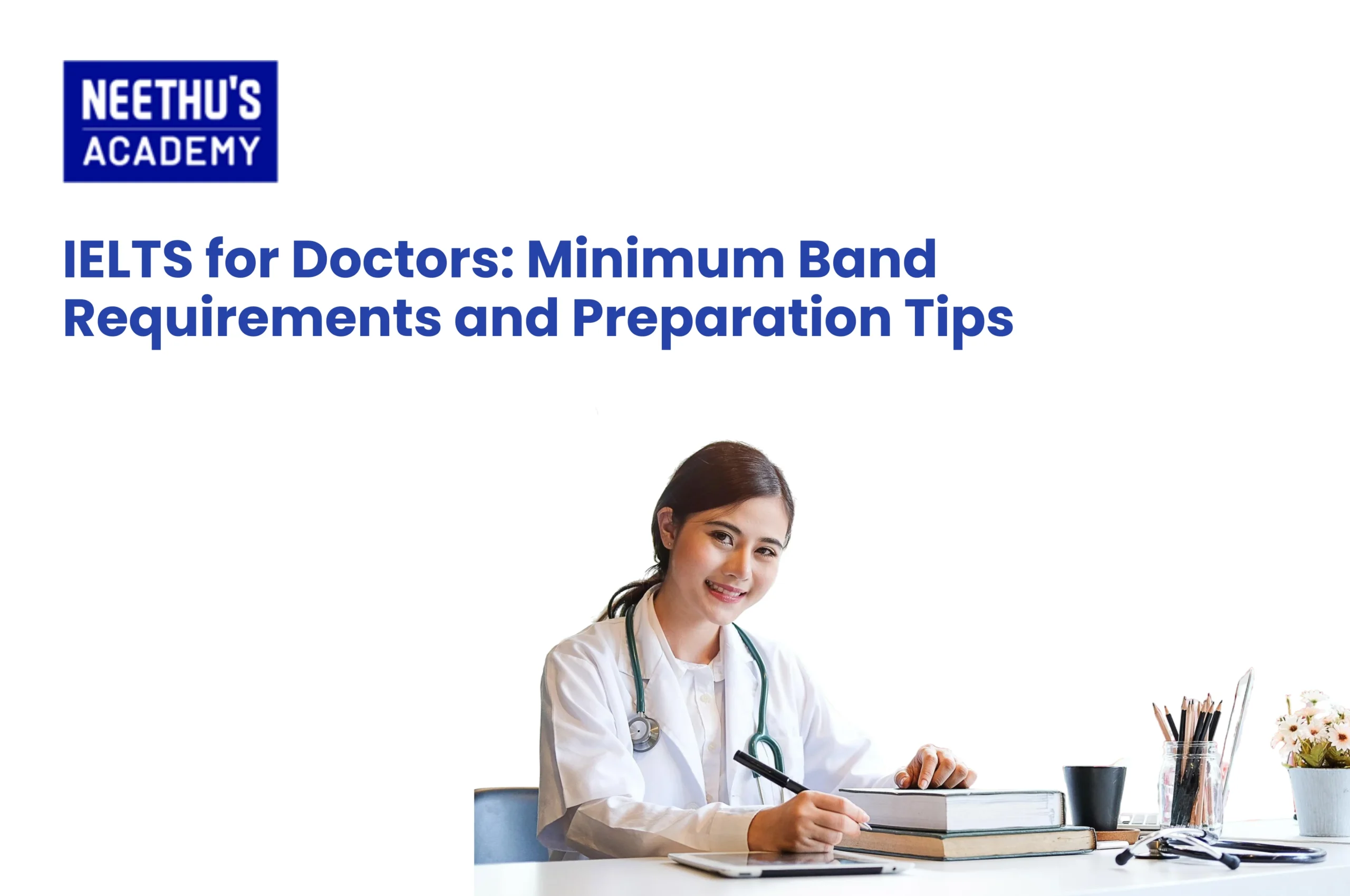Imagine you are running out of time and still have questions to complete! That would be the worst-case scenario while taking a…

Cracking the OET Exam for Pharmacists: A Detailed Guide
The OET Exam for Pharmacists is required for pharmacists who wish to practice their profession abroad. This test is designed to assess the proficiency of language in a medical context so that pharmacists would be able to interact and communicate appropriately and effectively with patients and other professionals. The OET is a special language test forming a crucial part of developing careers globally because it deals with the specific communicative requirements necessary for performing pharmaceutical practice. A good understanding of the OET syllabus and exam structure will surely help you in better preparation and passing the examination. The OET is recognized by employers, regulators, and governments of the UK, Australia, New Zealand, and Ireland. Confirming that an applicant has at least the required language proficiency necessary in a healthcare professional setting would demand propriety in carrying out their duties.
Benefits of OET for Pharmacists Exam
Professional Recognition: OET, therefore, enjoys widespread recognition by a range of regulatory bodies and employers in all English-speaking countries. A pass in OET indicates that a pharmacist has attained the needed standard of proficiency regarding language proficiency, an important consideration for both registration and professional practice.
Improvement in communication skill: OET tests the candidate’s language ability in real healthcare situations; therefore, as a pharmacist, one will be able to communicate efficiently with patients and colleagues or other health professionals. This absolutely will improve the quality of care for the patient and professional interaction.
More Career Avenues: A good score in OET means more career avenues are opened. Of course, this may mean applications to the English-speaking countries of the world are possible, too, which may enhance professional advancement and experience.
Enhances confidence: Success breeds more confidence. A successful preparation to pass the OET will increase one’s confidence in language abilities and make them better prepared to handle communications at work, arising in a rapidly growing dynamic workplace with people of various backgrounds.
Exam Pattern
Listening
The OET pharmacist listening test is based on one’s ability to understand spoken English from a healthcare perspective. It is 45 minutes long and divided into three parts totaling 42 questions. Candidates are meant to listen to various healthcare-related audio recordings, including patient consultations, medical instructions, and professional discussions. They then have to answer questions after they have listened to such recordings. This section tests the ability of a pharmacist to understand spoken English in realistic situations that would normally take place within their work environment.
Reading
The Reading section of the OET for pharmacists is conducted for 60 minutes and is divided into three parts. Part A requires candidates to read short texts against time in order to answer questions; it tests candidates’ ability to identify and understand the main information as quickly as possible. Part B demands detailed comprehension of medical texts and guidelines. It tests the candidate’s ability to understand and interpret essential information. The emphasis of Part C is the reading of more complex texts, such as case studies or research articles, and the need to attain subtle information and make informed decisions based on what has been read. An inclusive approach is taken to ensure that the candidates are better prepared to cope with a range of written texts in a healthcare setting.
Writing
The writing section in OET for pharmacists is 45 minutes long and involves the completion of a task based on given case notes. This emulates the situations found in real-life professional writing, such as composing referral letters, summaries of discharge, or reports about patients, which are quite frequent in the practice of pharmacy. The candidates must show ability to provide information that is clear, accurate, and professional; their writing must be clear to ensure the effective communication of medical information. Looking at samples of **OET pharmacy writing**, they get to know the type of tasks that are expected and standards in the section. This may make them understand what form or structure they ought to take and study for effectively.
Speaking
Speaking for pharmacists in OET takes the form of a 20-minute-long role-play activity. In this test, within that period, the candidate has to face a mock conversation with the examiner who acts like a patient or colleague. The situations arise according to a few basic situations like reassuring a patient’s concern, discussing treatment alternatives with a patient, and providing prescription advice at the pharmacy counter. This section assesses the candidate’s appropriateness and professionalism in communicating realities about health care. OET speaking samples for pharmacists will help candidates get a better feel of the format and practice responses
Syllabus
Listening: This section covers a wide range of scenarios which a candidate is most likely to encounter in a patient’s consultation, medication instruction, and healthcare discussion. Candidates should get the gist of vital information delivered, follow the spoken instructions accurately, and fathom the correct meanings of the medical terminologies used.
Reading: Questions will range from various pharmacy practice-based texts, including patient information leaflets, medial guidelines, and research articles. Candidates are expected to understand the overall concept, specifics, and implications of the content.
Writing: The candidate will be expected to carry out efficient written communications from the case notes. This includes, but is not limited to, patient letters, reports, or any other professional document. Main emphasis shall be given to clarity, coherence, and accuracy.
Speaking: During this section, speaking requires the candidates to engage in some role-play scenarios emulating real-life pharmacy. Candidates shall demonstrate effectiveness in communicating complex information, reassuring and calming concerns among patients, and holding professional dialogues.
Preparation Tips for OET for Pharmacists Exam
Understand the pattern of the exam: Know the pattern of the OET exam and the type of questions that come in each section. If you know the pattern beforehand, then you will be in a position to compose yourself and undertake the test with full confidence.
Focus on health-related vocabulary: OET is for health professionals, and it is quite important to develop a good stock of words related to medical and pharmaceutical terms. Use them as much as possible in writing and speaking for fluency and clarity.
Practice Tests: OET pharmacy writing samples can be used along with OET speaking samples for pharmacists to simulate the examination conditions. Mock tests help one get familiar with the time constraint as well as the type of questions, so you will be able to spot where you need to improve.
Time Management Skills: The ability to manage time during the examination is very crucial. Provide a specified amount of time for everything that you are doing in your mock sessions, such that you work within the time limits assigned to different sections of the paper. This will prevent you from rushing through part of an exam.
Seek Feedback: Find yourself a mentor, a peer, or a professional coach who can practice with you to improve your writing and speaking skills. Constructive feedback from such mentors will let you know your weak points and allow you to bridge them before the actual test.
Following a Study Schedule: You should develop a study schedule listing each component of the test, along with time slots dedicated to its practice. Regular practice every day gives you enough scope to reinforce language skills.
Conclusion
If you are a pharmacist aspiring to work abroad, then passing the OET Exam for pharmacists can open many opportunities for you. To pass this exam successfully, you must thoroughly understand the Exam pattern, syllabus, and structure. Regular practice and mock tests can also help you to a great extent. To succeed in the OET, get a head start on your preparation, make use of the tools at your disposal, and concentrate on improving your language abilities. You can obtain customized study materials or get in touch with OET preparation facilities for more specific information and individualized advice.
Related Blogs
- All Posts
- OET
In case you are immigrating to Canada or looking for higher studies in the French-speaking parts of the nation, then the TCF…
Feeling a bit overwhelmed about the OSCE? You're not alone! The Objective Structured Clinical Examination is a big step in your medical…
Course Enquiry
Latest Posts
- All Posts
- canada
- CBT
- DHA
- French
- GENERAL
- German
- Haad
- IELTS
- IQN NEW ZEALAND
- MOH
- NCLEX-RN
- NHRA
- OET
- OSCE
- Pearson Vue
- PROMETRIC
- PTE
- TOEFL
- Back
- NCLEX - NGN
- Back
- OET FOR PHYSIOTHERAPIST
- OET FOR PHARMACIST
- OET FOR DOCTORS



Frequently Asked Questions
The OET test evaluates a candidate’s English language skills for their practical applications in healthcare, particularly for pharmacists.
This test has four sections, each with different time allocations: speaking takes 20 minutes, writing entails 45 minutes, listening involves 45 minutes, and reading takes 60 minutes.
Candidates need to prepare a formal document; for example, a referral letter, based on the given case notes.
Yes, as far as professional registration or an employment opportunity is concerned, OET happily receives pharmacists from the UK.
